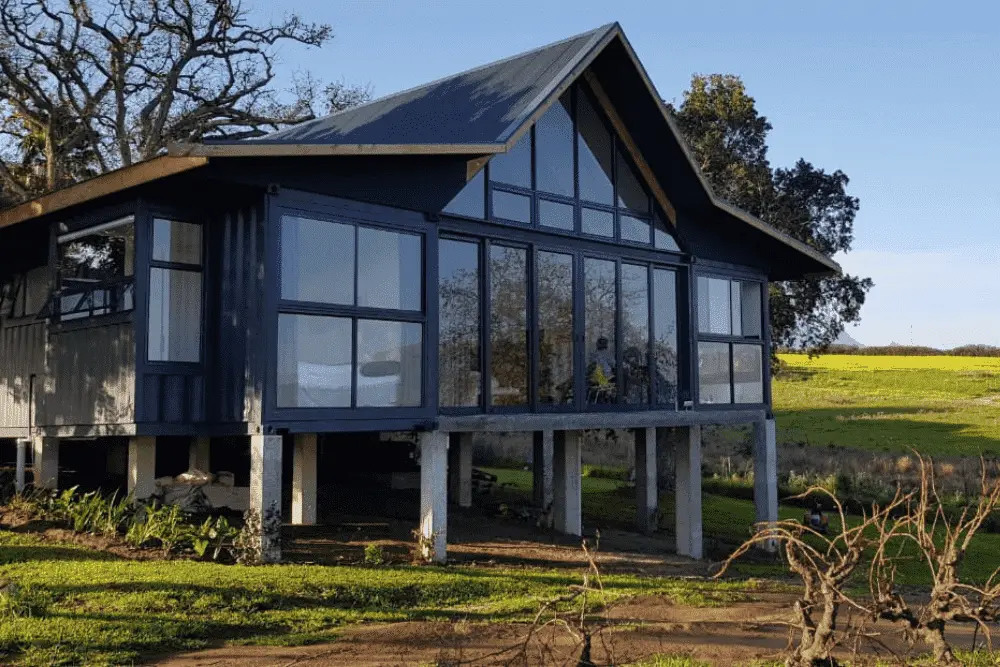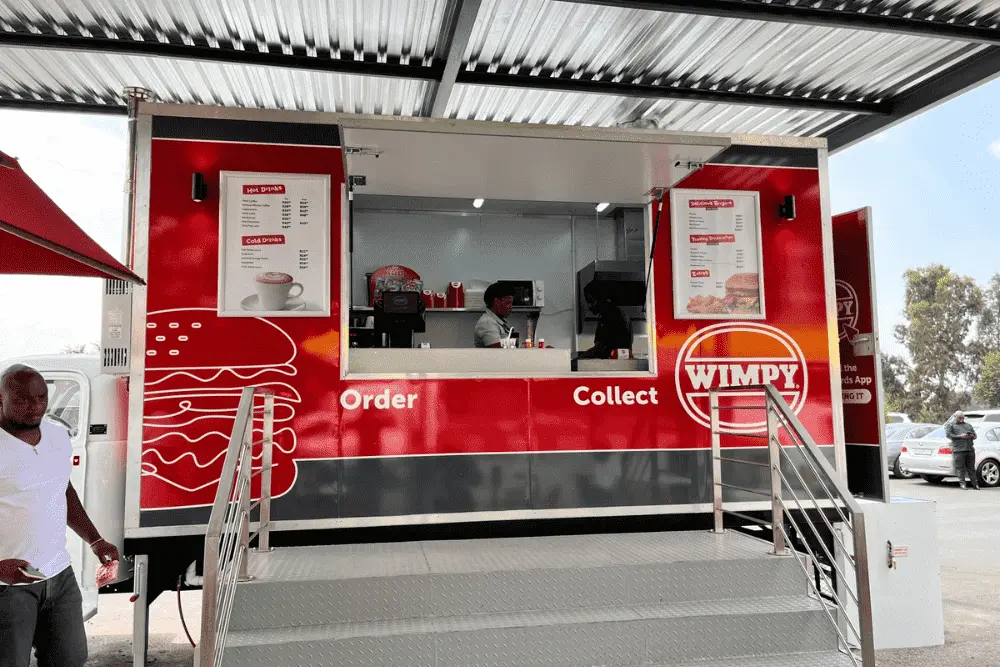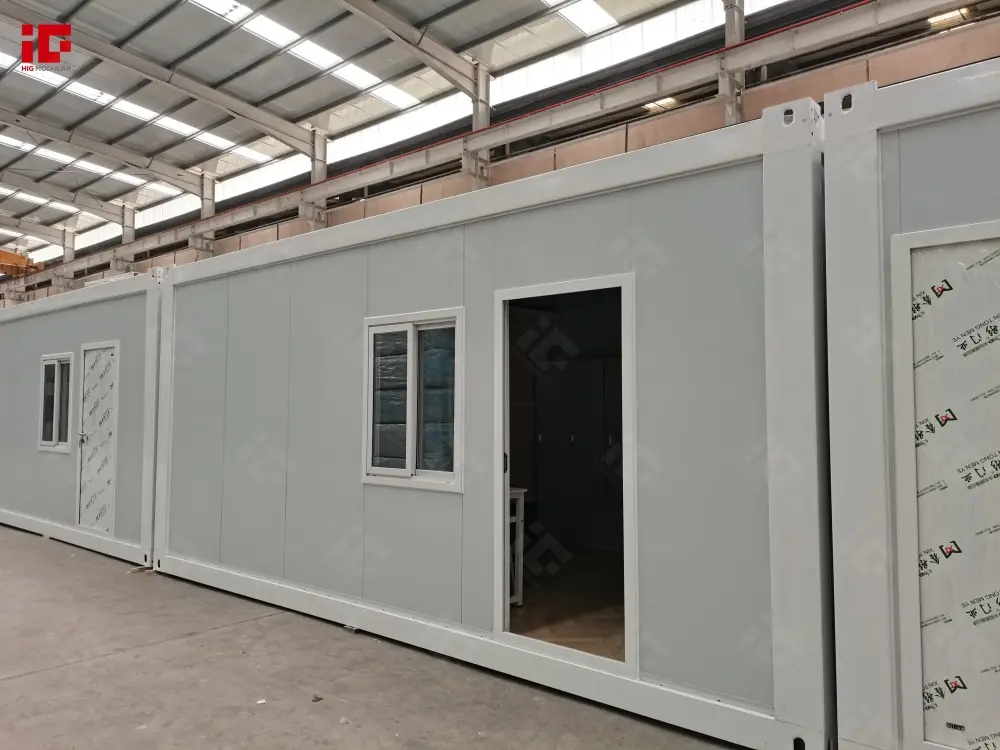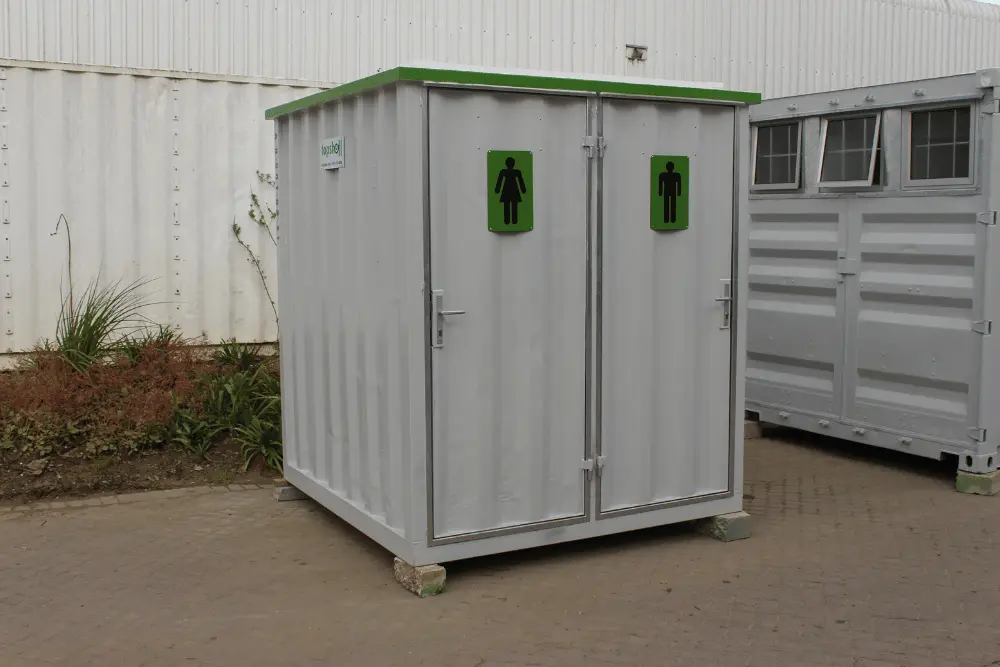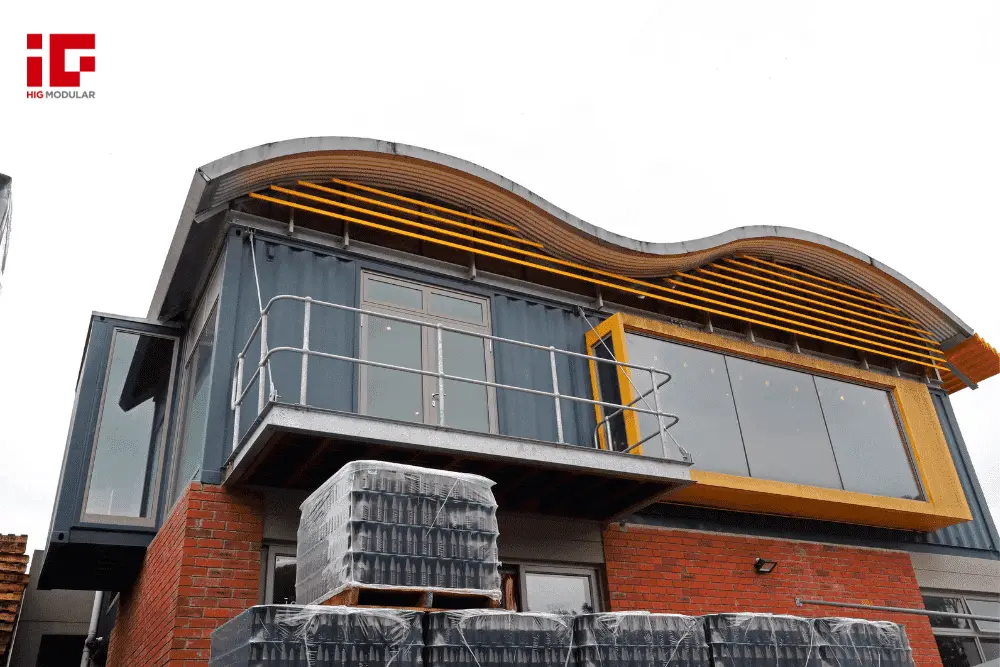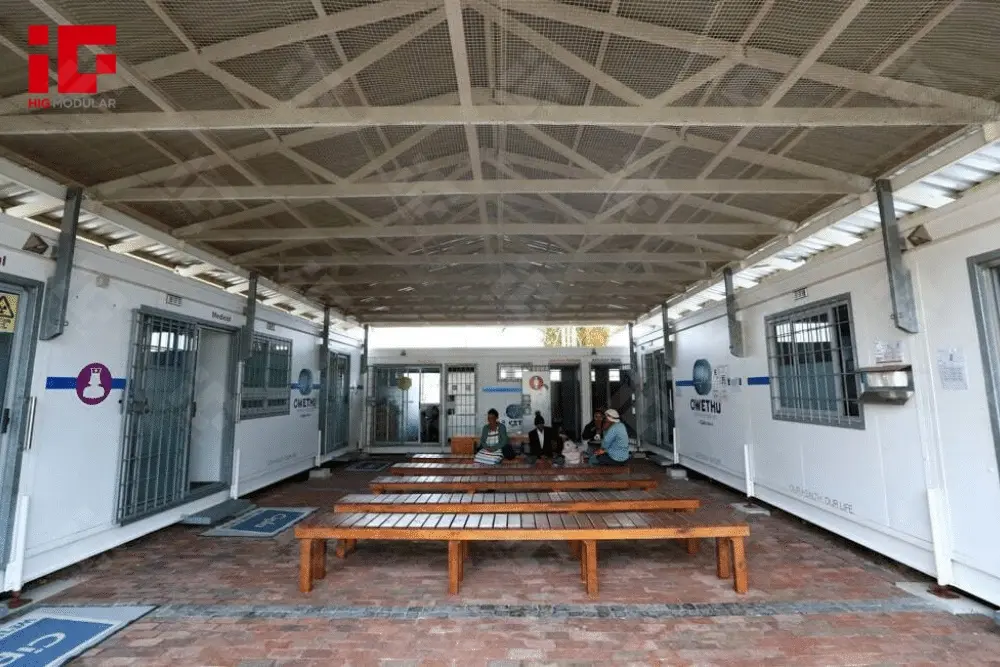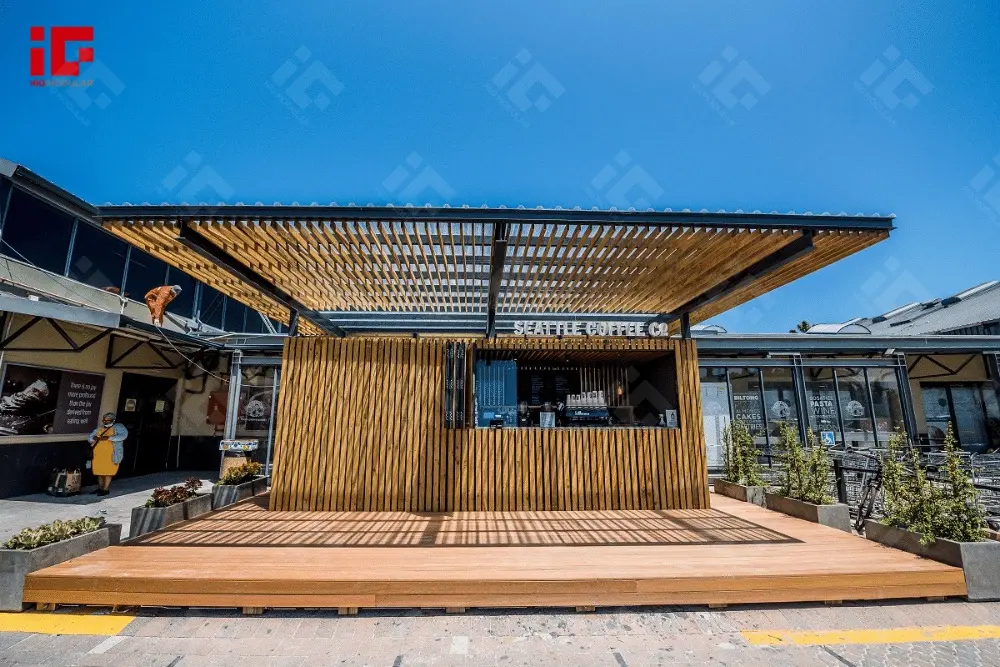News Categories
Featured News
0102030405
Light Steel Revolution: How Tiny Homes Are Redefining Modern Living
2025-06-26
The Tiny Home revolution was just the warm-up. Light steel structure (LSS) building, once celebrated for its role in compact, efficient dwellings, is poised to disrupt the entire construction industry. Over the next decade, technological leaps, sustainability demands, and shifting lifestyles will propel LSS from a niche choice to a global standard. Here’s how.
Smart Steel: Buildings That Think
Imagine a skyscraper’s steel beams detecting stress cracks before they form, or a tiny home’s frame adjusting to temperature shifts in real time. Smart LSS is no longer science fiction. Embedded sensors, AI-powered analytics, and IoT connectivity are transforming steel structures into self-monitoring systems:
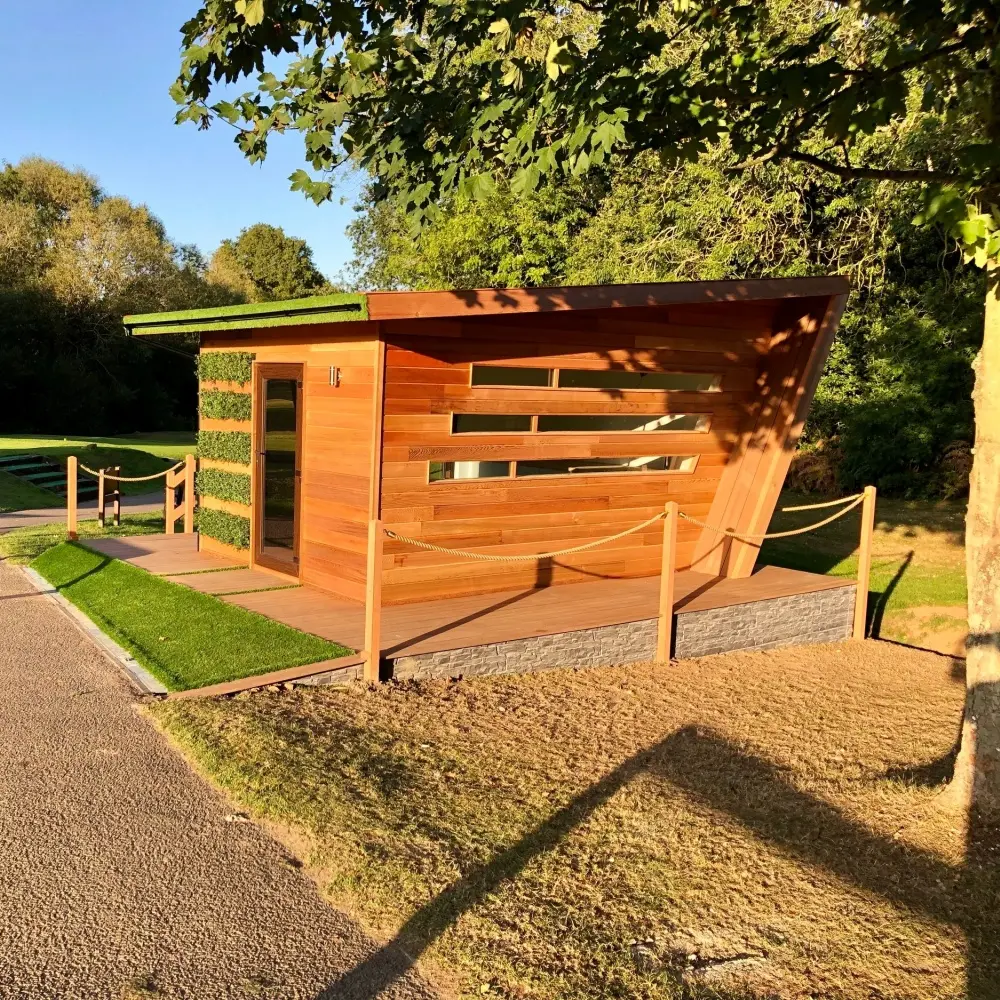
- Structural health monitoring (SHM): Sensors track strain, vibration, and corrosion, sending alerts to prevent failures.
- Energy optimization: Steel-integrated wiring and modular HVAC systems create “breathing” buildings that adapt to usage patterns.
- Automated maintenance: Drones and robotic welders repair minor damage, extending a building’s lifespan.
“In 10 years, every light Steel Building will have a digital twin—an AI model that predicts its needs and optimizes performance,” says tech entrepreneur Raj Patel. This convergence of steel and software will reduce downtime, cut maintenance costs, and make buildings safer than ever.
Sustainable Synergies: From Green to Net-Zero
Light steel’s recyclability is already a win, but the next generation of LSS will push sustainability to extremes:
- Carbon-negative steel: Startups like Boston Metal are developing steel made with renewable energy and captured CO₂, slashing the material’s carbon footprint by up to 95%.
- Hybrid materials: Steel frames paired with cross-laminated timber (CLT) or recycled plastic panels create structures that blend strength and eco-friendliness.
- Energy-independent designs: The tiny home’s green roof is just the beginning. Future LSS buildings will integrate solar skins, geothermal heating, and even algae-based facades to generate power and absorb carbon.
“Light steel is the backbone of the net-zero revolution,” argues climate architect Freya Olsen. “It’s strong enough to support radical energy-saving features without compromising design.”
Beyond Homes: LSS Conquers New Frontiers
Tiny homes showed LSS’s potential, but the next decade will see it dominate unexpected sectors:
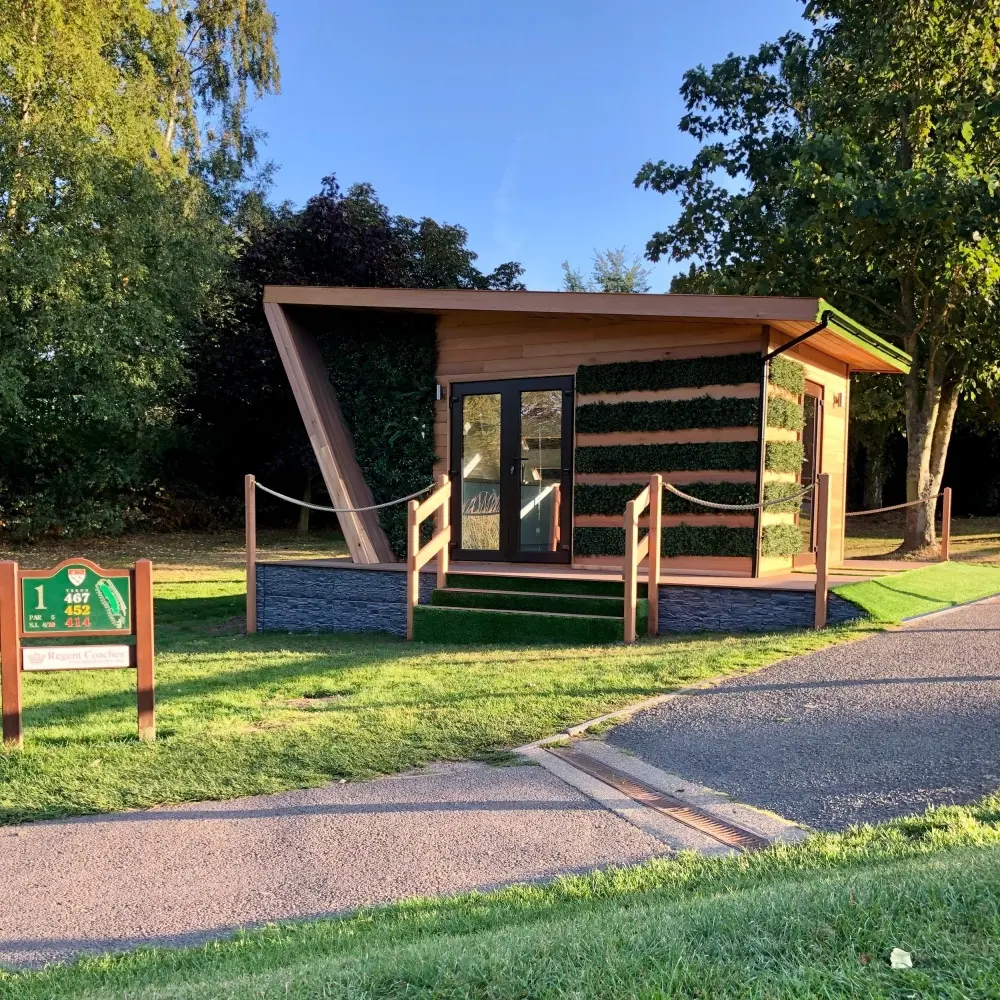
- Urban Micro-Development: In crowded cities, modular LSS “pods” will stack into vertical villages—affordable, flexible housing that grows with demand.
- Disaster Response 2.0: Quick-deploy steel shelters will include built-in water purification, solar power, and medical facilities, transforming how we respond to hurricanes or earthquakes.
- Space Exploration: Believe it or not, NASA is testing LSS for lunar bases—steel’s strength and recyclability make it ideal for off-world construction.
Even industries like agriculture are joining in: steel-framed greenhouses with automated climate control, or livestock shelters that resist extreme weather.
The Economics of Scale: Cost Drops, Adoption Soars
Critics once dismissed LSS as “too expensive” for mass adoption. No longer. Three trends are crushing costs:
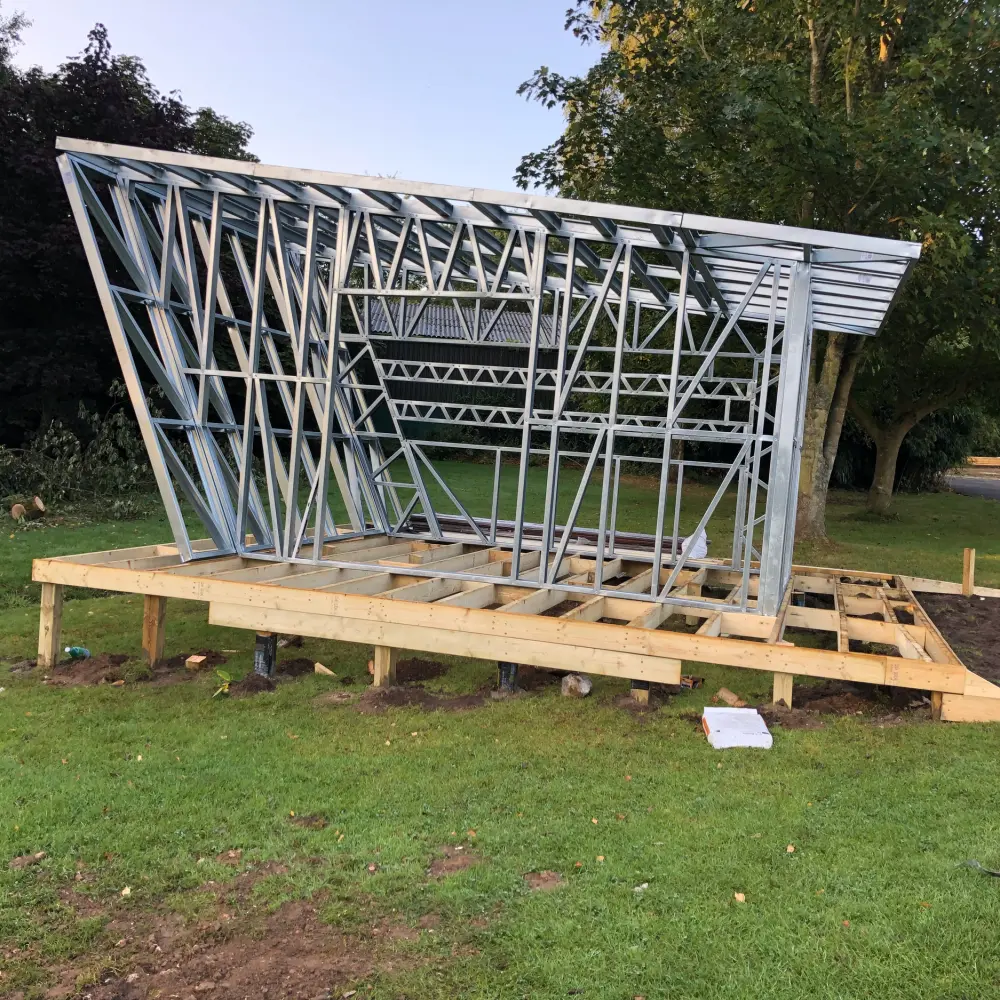
- Automation: Robotic factories now produce steel components with near-perfect precision, reducing waste and labor costs.
- Standardization: Modular LSS systems (think IKEA for buildings) let developers mix-and-match prefab parts, cutting design time.
- Long-Term Savings: While upfront costs may still edge out wood, LSS buildings save 20–30% over their lifespan on maintenance, energy, and insurance (thanks to superior durability).
By 2035, analysts predict LSS could account for 30% of new residential construction in developed economies—up from just 8% today.
Design Without Limits: The Aesthetic Revolution
Gone are the days of “boxy” steel buildings. Light steel’s malleability, combined with 3D printing and advanced fabrication, is unleashing architectural creativity:

- Organic shapes: Curved steel facades that mimic nature (think buildings that look like trees or waves).
- Transparent integration: Steel frames paired with smart glass create buildings that change color or opacity based on sunlight.
- Interactive surfaces: Steel panels embedded with LED grids that display art or information, turning buildings into public canvases.
“The next generation of architects won’t see steel as a constraint—they’ll see it as a playground,” says design innovator Leila Chen. The tiny home’s angular roof is just a hint of the bold designs to come.
Challenges on the Horizon
No revolution is without hurdles. LSS still faces:
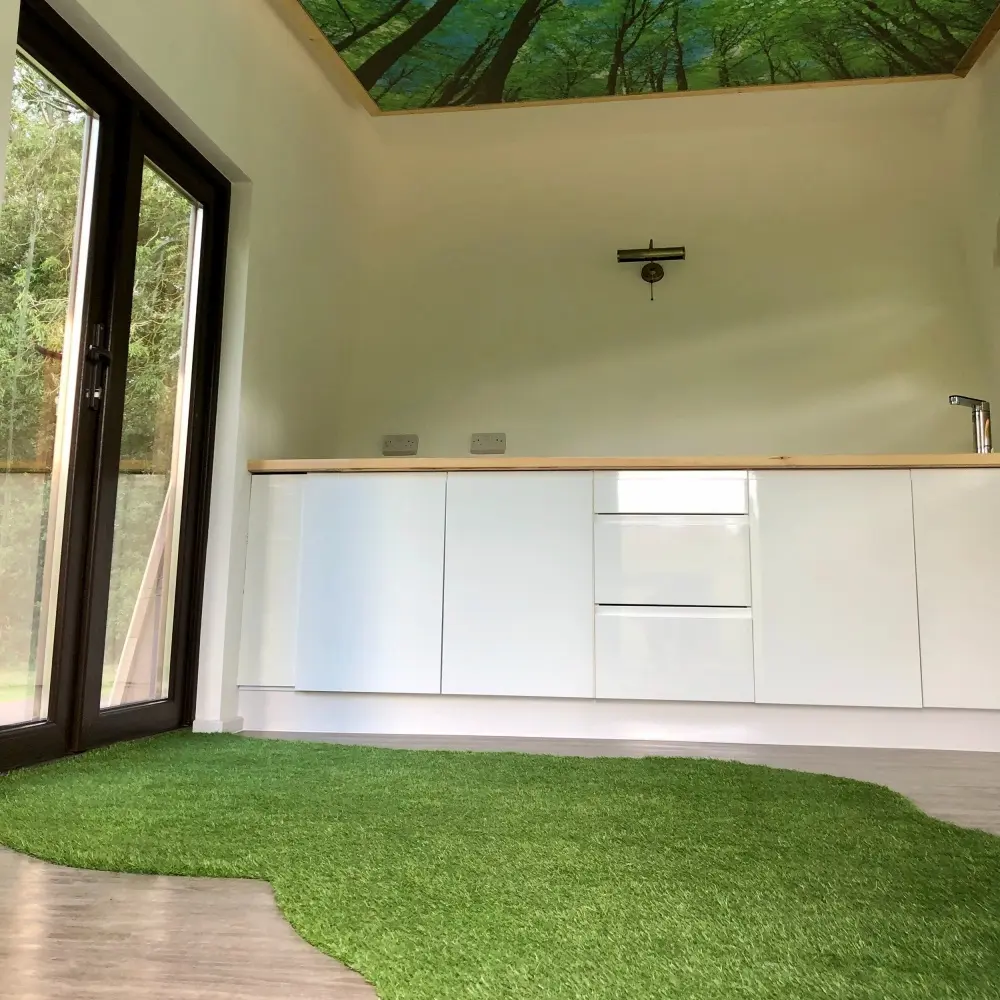
- Skill gaps: Builders need training to work with prefab steel systems.
- Regulatory lag: Building codes in some regions haven’t caught up with LSS innovations.
- Perception: Old myths about steel’s “cold” aesthetic persist, though designs like the wooden-clad tiny home are changing minds.
The Future Is Steel—and It’s Bright
As technology, sustainability, and design converge, LSS isn’t just a building method—it’s a blueprint for a more resilient, efficient, and imaginative world.
The meadow’s tiny home is more than a house—it’s a preview of the future. And that future is forged in steel.



